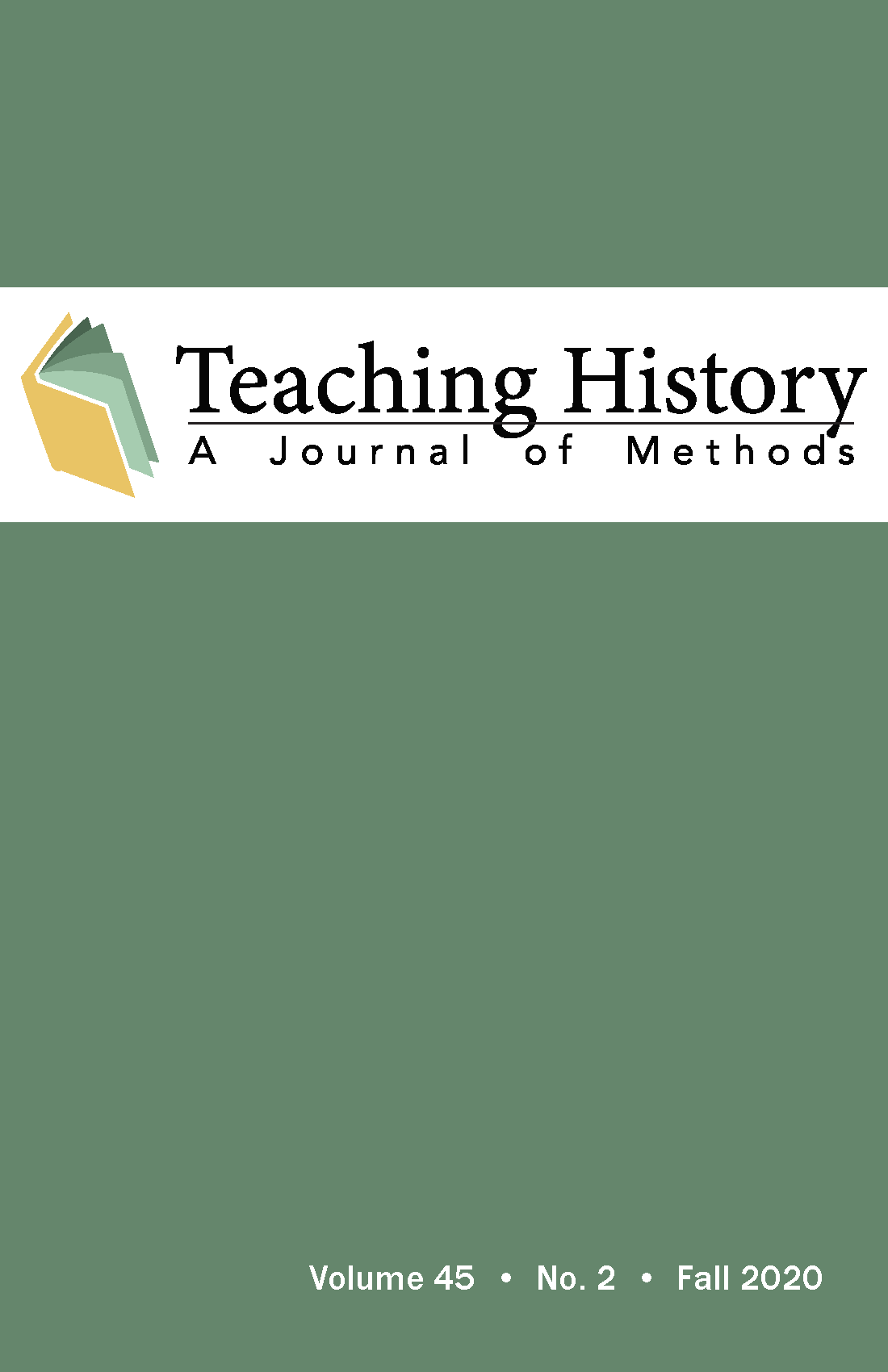Policy Writing Simulations
Pedagogy, Learning Objectives, And Experiential Learning In The Canadian History Classroom
DOI:
https://doi.org/10.33043/TH.45.2.18-41Keywords:
Policy Writing, Simulations, Suez Crisis, Canadian History, Teaching, CanadaAbstract
Policy writing is an effective skill that history instructors should teach their students for life after their undergraduate degree. This article proposes that instructors encourage their students to learn policy writing through experiential learning practices. In particular, it advocates for the use of live simulations in the undergraduate history classroom that emphasize policy writing solutions. In this case, the collaboration between historians and librarians is demonstrative of effective historical analysis and fundamental research practices. This article uses a third-year history course in Canadian External Relations as the primary example to share this model. In a simulation, upper-year students are situated within a particular historical event and are tasked to complete a group-based action memorandum writing exercise during a timed in-class period. This simulation policy writing exercise gives students first-hand experience working collaboratively with one another in a political decision-making setting. The simulation can be supplemented with an independent writing assignment that also emphasizes policy writing, such as an action memorandum or a briefing note, in place of the traditional history research paper. This article examines a Canadian history simulation which situates students within the Canadian Department of External Affairs during the Suez crisis. It demonstrates the enhancement of student learning through a practice-based, hands-on approach, that requires collaboration and semester-long learning. The simulation challenges students to act and resolve the scenario at hand. Policy writing is the process by which “government employees and non-governmental organizations create written documents for lawmakers and policy professionals to read.” Policy documents can be a variety of lengths, ranging from short-briefings to lengthy reports.[1]In the course model proposed in this article, students learn policy writing while they also continue to develop valuable history-related skills such as creativity, research, analysis, and critical-thinking. Victor Asal has argued that “the best way to get educational mileage out of a simulation is to treat it as an interactive case where learning takes place before, during, and after the simulation.”[2]Assigning an independent policy writing assignment in addition to the simulation has significant benefits for student learning.
[1]Andrew Pennock, “The Case for Using Policy Writing in Undergraduate Political Science Courses,” PS: Political Science and Politics 44.1 (2011): 141.
[2]Victor Asal, “Playing Games with International Relations,” International Studies Perspectives 6 (2005): 362.
Downloads
Downloads
Published
How to Cite
Issue
Section
License
Copyright (c) 2020 Thirstan Facloner, Zack MacDonald

This work is licensed under a Creative Commons Attribution-NonCommercial-NoDerivatives 4.0 International License.
By submitting to Teaching History, the author(s) agree to the terms of the Author Agreement. All authors retain copyrights associated with their article or review contributions. Beginning in 2019, all authors agree to make such contributions available under a Creative Commons Attribution-NonCommercial-NoDerivatives 4.0 International license upon publication.



